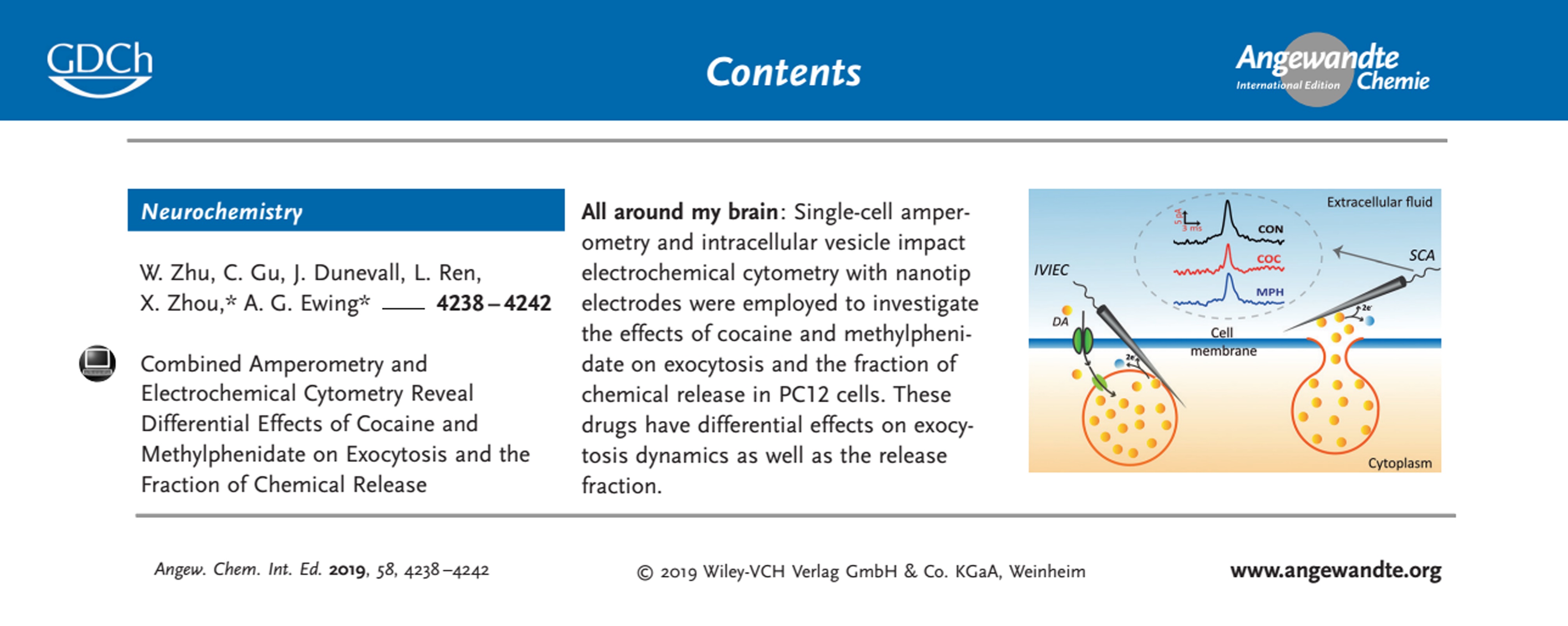
Signal transduction and neuronal communication by the conversion of electrical signals into chemical signals occurs through the fundamental process called exocytosis. Owing to its critical involvement in cell communication, the content and the exocytosis process of the synaptic vesicle have drawn a lot of attention to the molecular mechanisms that control the chemical communication between neurons, further influencing cognitive ability. This provides us with a pathway to study the chemical-biological mechanism of cognition-changing drugs.
The release of a chemical messenger has traditionally been thought to occur through full opening of the vesicle membrane. However, a wealth of recent data suggested that most release occurs through a partial release exocytosis mode. This concept of partial release is of significant importance as the amount of exocytotic release in each individual event can be regulated and, therefore, is both a pharmaceutical target and a likely factor in cognition, learning, and disease. Thereby, it is of great significance to build effective analytical methods of neurotransmitters and the dynamic release process in the field of bio-sensing.
In our study, single-cell amperometry and intracellular vesicle impact electrochemical cytometry were applied with nanotip electrodes to investigate the effects of the cognitionchanging drugs (COC and MPH) on exocytotic release and vesicle content in PC12 cells. Our data underlines that, with the similar effects on the neurotransmitter uptake exhibited by COC and MPH but opposite cognitive effects, the release fraction during exocytosis and the kinetics of the release event are likely to be important factors in cognition, learning, and memory. Thus, this work might be helpful for understanding the relationship between regulation of vesicles, exocytosis, and cognition at the single-cell level.
Our work was published in Angew. Chem. Int. Ed. in this March, entitled as “Combined Amperometry and Electrochemical Cytometry Reveal Differential Effects of Cocaine and Methylphenidate on Exocytosis and the Fraction of Chemical Release”. Dr Wanying Zhu was the first author, and Prof. Xuemin Zhou and Prof. Andrew G. Ewing from University of Gothenburg were co-corresponding authors of this article.



